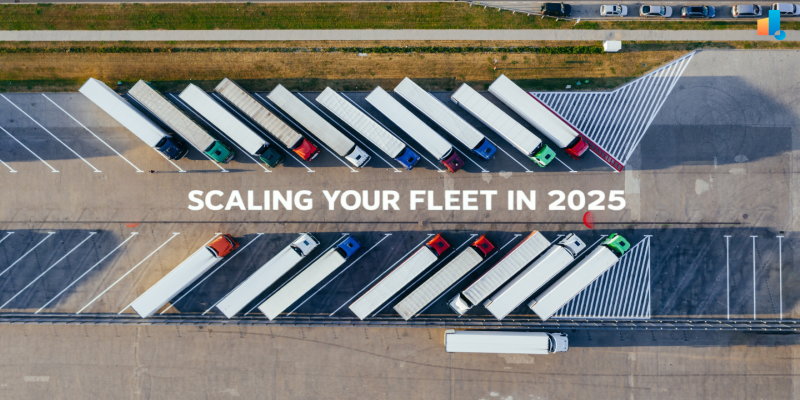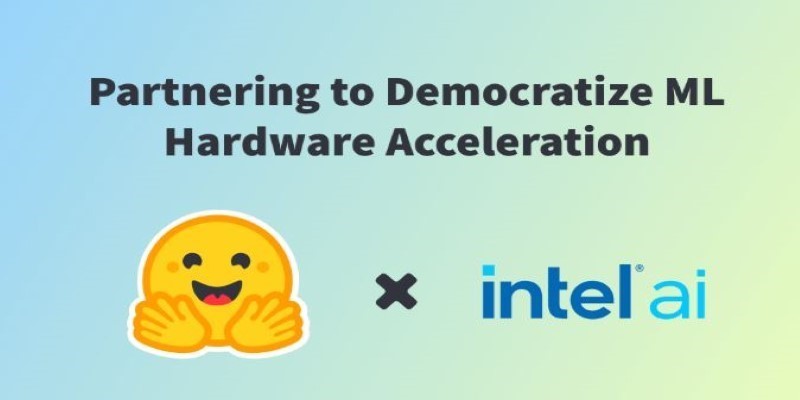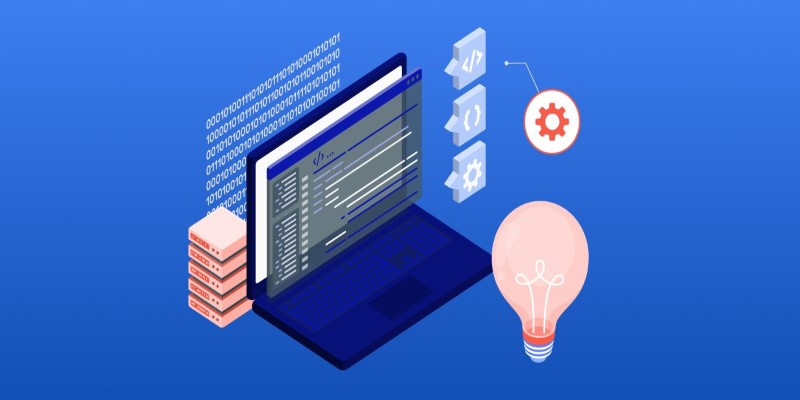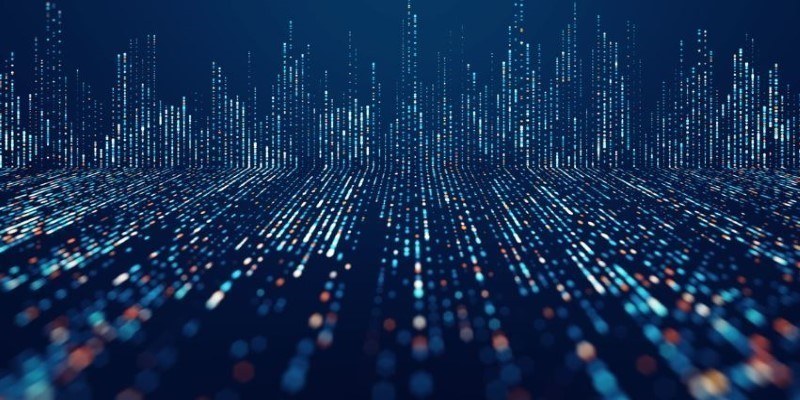Advertisement
Electric vehicles come with many advantages, but predicting how efficient they’ll be in different conditions still puzzles many. That’s where ZenML steps in—not with flashy dashboards or overwhelming graphs—but with a clear, structured approach that helps teams build better models without constantly rewriting the rules. ZenML doesn’t just collect the data; it streamlines everything from start to finish, letting teams focus more on solving problems than fixing code. If your goal is to move from messy data to smart efficiency predictions, this tool makes that entire road a lot smoother.
Most raw EV data isn't immediately helpful. It comes in chunks, including temperature logs, charging cycles, route histories, tire pressure, and other sensor inputs. And they're often collected at different times, from different sources, with different units. If that sounds like a mess, it's because it is.
ZenML makes this manageable. You can set up a pipeline that pulls in the raw data, cleans it, labels it, and formats it—all without needing to manually repeat the steps each time you update the dataset. A lot of teams working with EVs spend days just cleaning the data before anything useful can happen. ZenML trims that time down.
It’s not about transforming the data into some abstract format. It’s about keeping things practical: temperature logs become inputs for range predictions in cold weather. Battery cycle patterns feed into long-term performance models. When your pipelines are built right, every dataset that comes in later can be prepped automatically in the same way.
Once the data is in order, the next step is model creation. Predicting EV efficiency isn’t a simple formula. You’re not just measuring miles per kWh—you’re accounting for driver behavior, terrain, climate, and battery health. ZenML helps organize the machine learning workflow, so teams don't end up with disconnected scripts and confusing code branches.
The process can be broken down into clear steps:
Start by defining the steps: data ingestion, preprocessing, training, evaluation, and deployment. ZenML lets you plug in each piece using pre-built or custom components. This doesn’t limit creativity—it removes repeat work. You focus on the logic behind the model, not the scaffolding.
Whether you’re using a regression model to predict energy consumption or a classification model to flag inefficient battery performance, the framework lets you test different algorithms within the same pipeline. There’s no need to rebuild the whole thing just to try something new.
One of ZenML’s standout features is experiment tracking. Not just which model performed better but which preprocessing steps led to the improvement, which dataset version was used, and which hyperparameters were adjusted. This matters more than most think. A minor data tweak might boost accuracy, but if you can't retrace what changed, it's just luck.
Once the model gives decent results, deploying it is just another step in the same pipeline. It can be connected to a monitoring tool to check performance over time. If a model starts drifting—like if summer temperature throws off predictions trained in winter—you’ll catch it early.

A major issue with EV efficiency models is that conditions change constantly. A model trained on California highways might fall short in a snowy Detroit suburb. ZenML allows continuous feedback to be part of the loop.
Instead of manually retraining the model each time the data shifts, you can build a feedback system. Let's say real-world results show a drop in the predicted range vs. the actual range. This triggers a retraining step in the pipeline, using the new data to update the model. The idea isn't to chase perfect predictions every time but to reduce the lag between observation and response.
Feedback loops in ZenML aren’t just about data collection—they become automated triggers. For instance, if an EV’s efficiency drops below a set threshold, the model re-evaluates whether tire pressure, load, or battery age is the cause. Once retrained, the updated model replaces the previous version in production without interrupting the flow.
This doesn’t mean everything runs on autopilot. You still control the thresholds and when models get replaced. But the grunt work is handled. You don’t need to rebuild your entire system each time real-world data throws a curveball.

It’s one thing to model efficiency for a single vehicle; it’s another to make it work across thousands. With fleet data, there’s more variation, more edge cases, and a much higher chance that one broken pattern ruins the whole model. ZenML handles that scale without turning your workflow into a mess.
You can set up pipelines that serve different regions or types of EVs. One pipeline might be tuned for urban taxis, another for long-haul electric trucks. All of them can feed into a central tracking system that tells you which models are performing best, where they fail, and what needs tuning.
And because every version, dataset, and outcome is tracked automatically, you won’t lose track of which model is active on which subset. Scaling doesn’t mean adding chaos—it just means adding more pipelines, all managed the same way.
Efficiency predictions for electric vehicles only make sense if the data behind them is handled well. ZenML takes something that usually involves a pile of scripts, manual cleaning, and scattered logs and turns it into a process that's repeatable and trackable. It's not about adding complexity; it's about removing the mess so teams can focus on what matters—making smarter, faster predictions that actually reflect what's happening on the road.
Advertisement

Explore the concept of LeRobot Community Datasets and how this ambitious project aims to become the “ImageNet” of robotics. Discover when and how a unified robotics dataset could transform the field

ChatGPT Search just got a major shopping upgrade—here’s what’s new and how it affects you.

DataRobot acquires AI startup Agnostiq to boost open-source and quantum computing capabilities.

Ahead of the curve in 2025: Explore the top data management tools helping teams handle governance, quality, integration, and collaboration with less complexity
Advertisement

Intel and Hugging Face are teaming up to make machine learning hardware acceleration more accessible. Their partnership brings performance, flexibility, and ease of use to developers at every level

Find how AI is reshaping ROI. Explore seven powerful ways to boost your investment strategy and achieve smarter returns.

How the Bamba: Inference-Efficient Hybrid Mamba2 Model improves AI performance by reducing resource demands while maintaining high accuracy and speed using the Mamba2 framework

How AI in real estate is redefining how properties are bought, sold, and managed. Discover 10 innovative companies leading the shift through smart tools and data-driven decisions
Advertisement

Is self-driving tech still a future dream? Not anymore. Nvidia’s full-stack autonomous driving platform is now officially in production—and it’s already rolling into real vehicles

Open models give freedom—but they need guardrails. Constitutional AI helps LLMs reason through behavior using written principles, not just pattern-matching or rigid filters

How AI is transforming traditional intranets into smarter, more intuitive platforms that support better employee experiences and improve workplace efficiency

EY introduced its Nvidia AI-powered contract analysis at Mobile World Congress, showcasing how advanced AI and GPU technology transform contract review with speed, accuracy, and insight